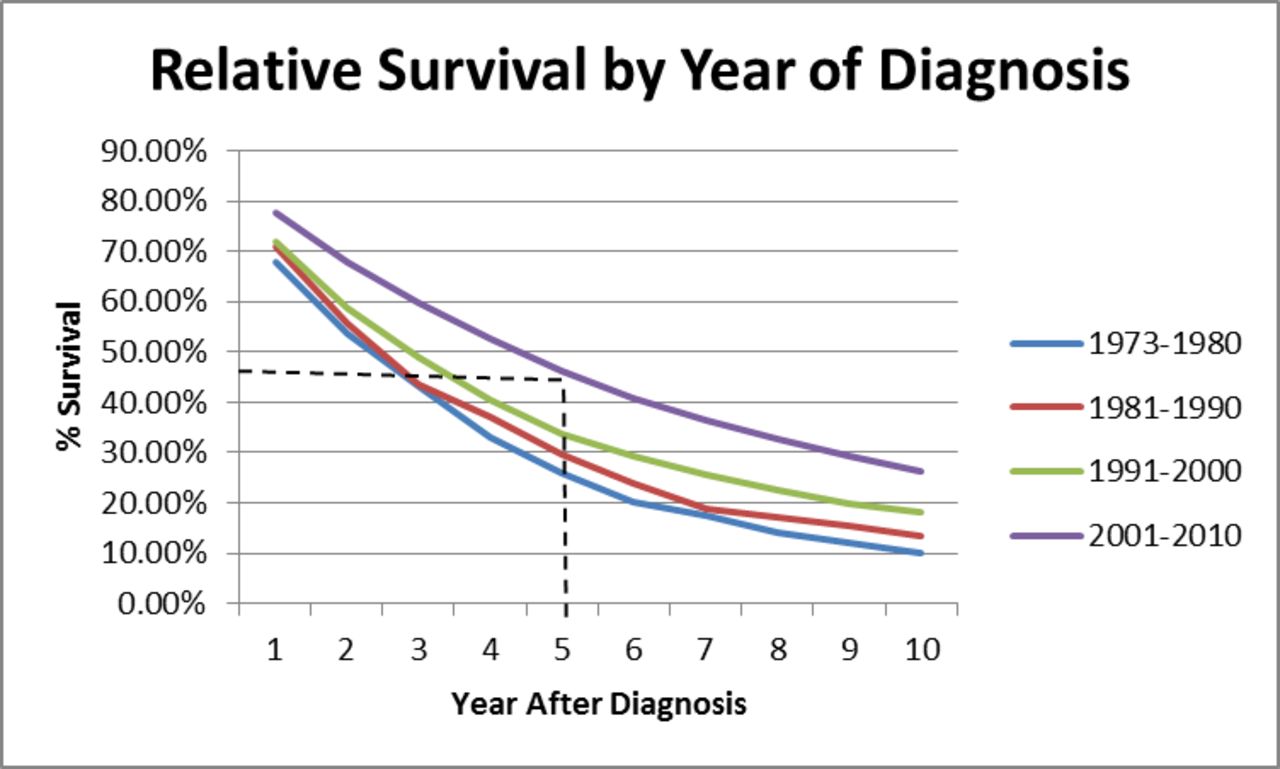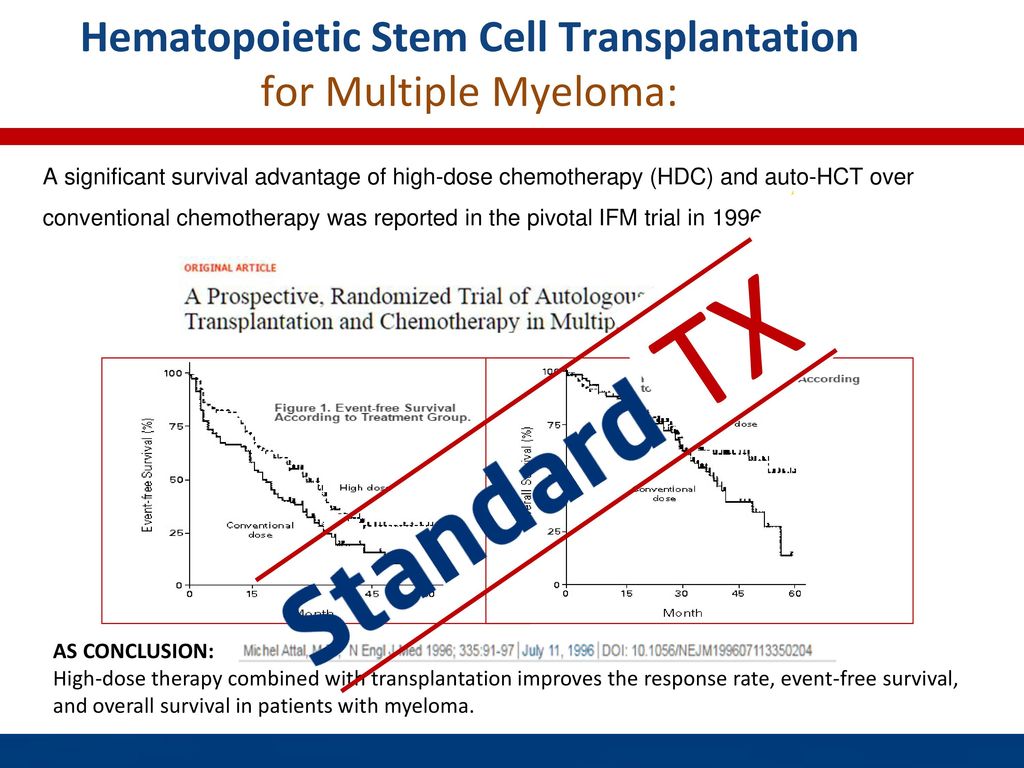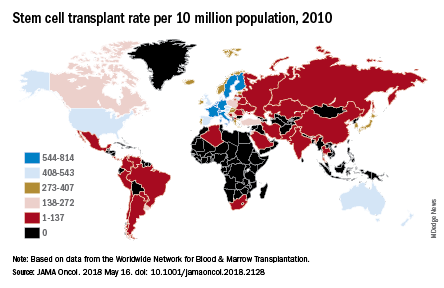Findings from a phase 3 clinical trial note that patients with multiple myeloma who receive upfront autologous stem cell transplant asct typically live longer without disease.
Multiple myeloma survival rate with stem cell transplant.
A person with multiple myeloma is likely to have a low blood count.
To protect them your doctor removes stem cells.
Stem cell transplant is commonly used to treat multiple myeloma.
In some cases a bone marrow or stem cell transplant is an option.
A stem cell transplant replaces diseased stem cells with healthy ones and is often used to treat this form of cancer.
Multiple myeloma isn t considered curable but symptoms wax and wane.
Autologous stem cell transplantation autosct has an important role in the treatment of patients with symptomatic multiple myeloma mm.
A relative survival rate compares people with the same type and stage of cancer to people in the overall population.
Treatment options for myeloma have expanded in.
We here analyze factors influencing survival in 865 newly diagnosed mm patien.
There can be a long period of dormancy that could.
For example if the 5 year relative survival rate for a specific stage of multiple myeloma is 60 it means that people who have that cancer are on average about 60 as likely as people who don t have that cancer to live for.
The high doses of chemo or radiation used to treat a multiple myeloma relapse can kill the stem cells in your bone marrow.
Multiple myeloma survival rate after stem cell transplant.
See drug therapy for multiple myeloma stem cell transplants sct can be autologous or allogeneic.
The transplant of this kind is the standard treatment for patients with various myeloma.
Patients with multiple myeloma live longer without their disease progressing if they get a stem cell transplant compared with patients who received chemotherapy alone.
The long term survival of people with multiple myeloma following autologous stem cell transplant has steadily improved since 1997 through with the introduction of new medicines a large review study reports.
Older patients and those with low risk disease show the greatest gains over time while people with high risk factors showed the least change its researchers said.



























